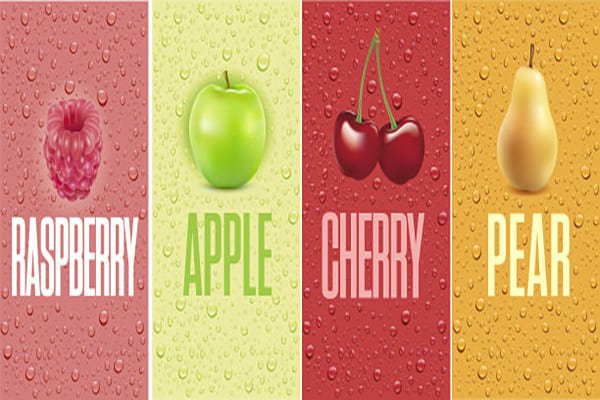How to Achieve 20,000 BPH in Juice Bottling: A Step-by-Step Guide
Reaching a 20,000 bottles-per-hour (BPH) output in Juice Filling Line is a major milestone for beverage manufacturers.
This guide breaks down:
✔ Key equipment needed for ultra-high-speed bottling
✔ Production line layout for minimal bottlenecks
✔ Maintenance & quality control at high speeds
✔ Cost vs. ROI analysis for scaling to 20,000 BPH

1. Essential Equipment for 20,000 BPH Juice Bottling
A. High-Speed Juice Filling Line Components
To hit 20,000 BPH, your Juice Filling Line must include:
-
Rotary Filling Machines (60–120 valves for continuous filling)
-
Ultra-Fast Capping Systems (Snap-on, screw, or ROPP caps at 400+ caps/min)
-
Multi-Lane Conveyors (4–6 parallel lanes to maintain flow)
-
Automated Inspection Systems (Vision sensors for fill levels, cap alignment, and leaks)
B. Supporting Infrastructure
-
High-Capacity Pasteurizers (Tunnel or flash pasteurization for juice safety)
-
Buffer Tanks (Ensure continuous liquid supply to fillers)
-
Packaging Automation (Case packers, palletizers for end-of-line efficiency)
2. Optimizing Line Layout for Maximum Speed
A. Reducing Bottlenecks
| Common Bottleneck | Solution |
|---|---|
| Filling Speed | Use rotary fillers with 80+ nozzles |
| Capping Delay | Install dual capping heads |
| Labeler Jams | Upgrade to servo-driven label applicators |
B. Production Line Configuration
-
Straight-Line vs. U-Shaped Layout:
-
Straight-line: Best for long, high-speed runs
-
U-shaped: Saves floor space but may slow flow
-
-
Parallel Processing:
-
Splitting into dual conveyor lanes (10,000 BPH each) can improve reliability
-

3. Quality Control at High Speeds
A. Automated Inspection Systems
-
Fill Level Checkers (Laser sensors detect under/overfilling)
-
Cap Seal Integrity Testers (Pressure decay or vacuum tests)
-
Foreign Object Detection (X-ray or metal detectors)
B. Preventing Defects in Fast Operations
-
Issue: Foaming or splashing at high fill speeds
-
Solution: Adjust viscosity with stabilizers or use low-foam filling nozzles
4. Maintenance & Downtime Reduction
A. Predictive Maintenance Strategies
-
Vibration Sensors on motors to detect wear early
-
Automated Lubrication Systems for conveyor chains
B. Quick Changeover Techniques
-
Tool-Free Adjustments for bottle size changes
-
Pre-Staged Spare Parts to minimize repair delays
5. Cost vs. ROI: Is 20,000 BPH Worth It?
A. Investment Breakdown
| Equipment | Estimated Cost |
|---|---|
| High-speed filler | 250,000–250,000–500,000 |
| Capping system | 100,000–100,000–200,000 |
| Conveyor & controls | 150,000–150,000–300,000 |
B. Payback Period Calculation
-
Example: Producing 20,000 BPH x 16 hrs/day = 320,000 bottles daily
-
Profit per bottle: 0.10 → **0.10→∗∗32,000/day revenue**
-
ROI: 12–18 months for full-line automation
Achieving 20,000 BPH in juice bottling is possible with the right Juice Filling Line, optimized workflow, and strict quality control.

